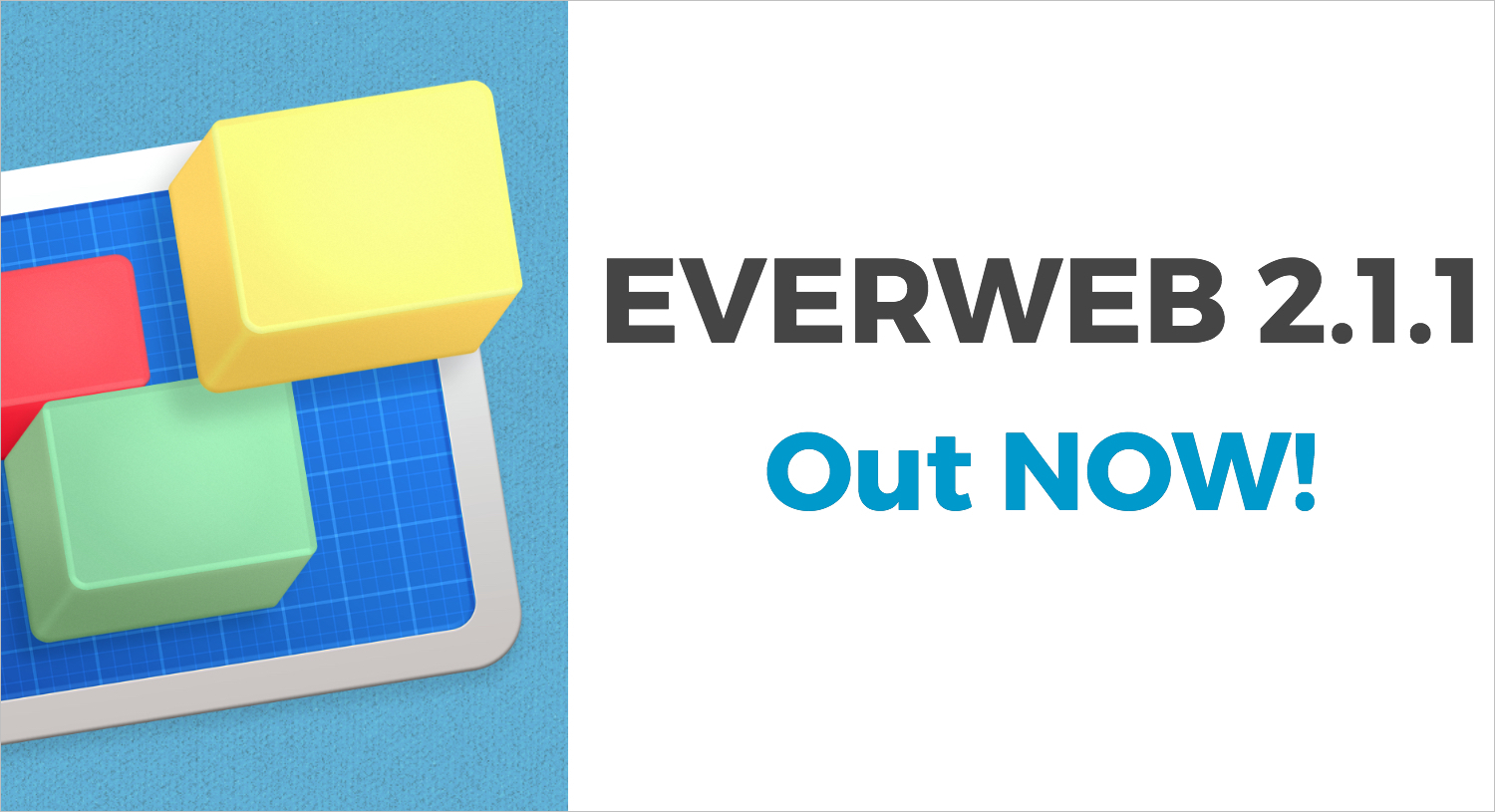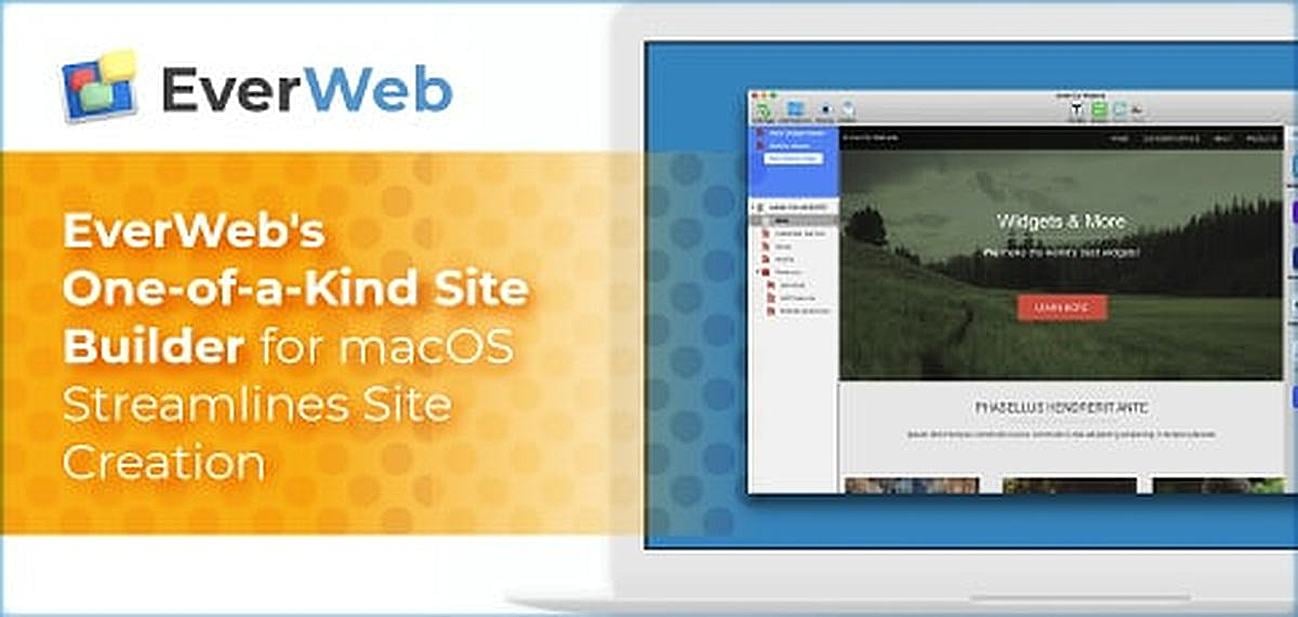

To the right of your project name in the Recent Projects list, you will see an up/down arrow symbol. If you want to restore the backup you will need to go to the You can see the actual filename of your project file and where it is stored using the Projects Window. You can use this dialog box to delete the backup if you want. You can see this by going to the EverWeb-> Preferences-> Backup tab and clicking on the ‘Manage Cache Files’ button. The other interesting point here is that if you have set up a backup schedule in EverWeb, a project stored in the Cloud will still be backed up by EverWeb on the local computer that EverWeb is installed upon. Double click on the Time Machine app, which will then locate all of the backup copies of your Project file from which you can choose to restore. With the Project file highlighted, press Command+Spacebar and enter ‘Time Machine’. Again, click on the up/down arrows to the right of your Project file in the Projects Window then choose the Show on Disk menu option. from Apple’s Time Machine, you will need to find where the Project file is located. If you are wanting to restore from a local backup, e.g. If you want to restore your project file from your Cloud service, follow your Cloud service provider’s file restore guidelines. When using a Project file stored in a non-default location, you will notice that your Project file is no longer listed in the Projects Window when you launch EverWeb and that you will need to use the File-> Open (or File-> Open Recent…) menu option to open the Project. Alternatively you can rename the Project file’s unique file name to your project file name if you want, just make sure to leave the. You may want to put the file in a folder named after your project.

As mentioned earlier, use the Show on Disk option to locate the project file you want to move to the Cloud then move it to its new location. As well as making the project file available on any machine you may be working on, the other big advantage is that the project file will get backed up by the Cloud service you are using. Many EverWeb users elect to move their project files to a Cloud drive, such as Apple iCloud, Microsoft One Drive or Google Drive. If you computer crashes you will likely only loose the last couple of keystroke or actions that you did in your Project file at most, so again, it is recommended that you keep Auto save enabled at all times. The other option you will find in the Backup tab is Auto Save which is also invaluable. We do though, still recommend backing up to the computer as well as within EverWeb so that you have a copy stored on a different device, in case, for example, your local hard disk goes down, then you still have a disaster recovery option.

It is also probably easier and quicker to restore your Project file through EverWeb than have to search out the computer backup of the Project. before you quit EverWeb or close the project file) so if you need to restore, you can quickly open the most recent version of the file, or whichever copy you want. This reason for this is that EverWeb takes a snapshot of your project file when it is open (i.e. Backups only take place when the project file has been opened, so be aware that this style of backup probably works in a different way to how your computer backup may work. You can set up your own backup schedule using the EverWeb-> Preferences menu option then click on the Backup tab. When you first purchase EverWeb, one of the first things we recommend you do is to set up a backup schedule within EverWeb in addition to any computer backup that you may already have set up. If you have your own backup software, you can backup this folder as part of your computer’s backup schedule. You will see your Project file name highlighted in the Library-> Application Support-> EverWeb folder of your Mac. Click on this symbol, then select ‘Show on Disk’ from the dropdown menu. You can see the actual filename of your project and where it is stored using the EverWeb’s Projects Window. Behind the scenes, the actual file name is made up of a unique, randomly generated, combination of letters and numbers, followed by a. The name that you give to your project file in EverWeb is, in fact, an alias.

When you create a new project, it is named as ‘New Website’ by default which you can easily change by using the File-> Rename Website menu option or by double clicking on the name ‘New Website’ in the Web Page List and entering a new name. When you create your website in EverWeb, its contents are stored in a ‘project’ file.


 0 kommentar(er)
0 kommentar(er)
